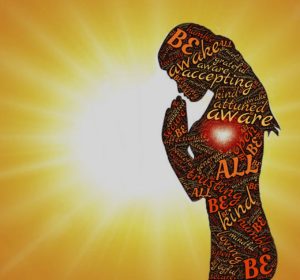
Be radiant. Be gentle with yourself. Give yourself time to heal. Be light.
“I Am Light”
I am light, I am light
I am light, I am light
I am light, I am light
I am not the voices in my head
I am not the pieces of the brokenness inside, I am light
I am light, I am light
I am light, I am light
Or any of the things that caused me pain
I am light, I am light
I am not the skin on the outside
I am not my age, I am not my race
All light, I am light, I am light
I am light, I am light yeah
I am the God on the inside
I am a star, a piece of it all
I am light


 It is interesting that we call something good a “dream,” but being called a “dreamer” is somewhat of a putdown.
It is interesting that we call something good a “dream,” but being called a “dreamer” is somewhat of a putdown. Labels. We all have them. We all use them. They are helpful. Until they are not. I’m not talking about the labels on things. I’m talking about the labels we put on people, and the labels people put on us.
Labels. We all have them. We all use them. They are helpful. Until they are not. I’m not talking about the labels on things. I’m talking about the labels we put on people, and the labels people put on us. The past was the past. Childhood was largely out of your control. Those holiday celebrations? Not of your creating. You were a pawn in a larger family game. And the pawn is forced to show up. If this notion is foreign to you, then I am happy for your childhood holiday experiences. If this notion is familiar to you, then I am here to remind you to take heart and take charge. You can re-write the script and change your holiday. You get to determine who you are with and who you are not with. You get to determine where you are, what you do, what you eat, and how to celebrate (or not). Allow me to illustrate….
The past was the past. Childhood was largely out of your control. Those holiday celebrations? Not of your creating. You were a pawn in a larger family game. And the pawn is forced to show up. If this notion is foreign to you, then I am happy for your childhood holiday experiences. If this notion is familiar to you, then I am here to remind you to take heart and take charge. You can re-write the script and change your holiday. You get to determine who you are with and who you are not with. You get to determine where you are, what you do, what you eat, and how to celebrate (or not). Allow me to illustrate…. Am I the walking wounded or a pillar of strength? Yes. To Both. We all are. Because we are human, and we are living the human experience. We have encountered good and evil. We have been scarred inside and out. And the longer we live, the more scars we have. But remember that scar tissue is strong, very strong.
Am I the walking wounded or a pillar of strength? Yes. To Both. We all are. Because we are human, and we are living the human experience. We have encountered good and evil. We have been scarred inside and out. And the longer we live, the more scars we have. But remember that scar tissue is strong, very strong.